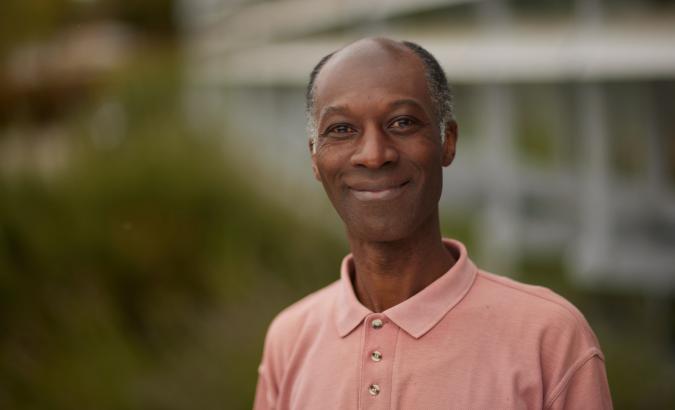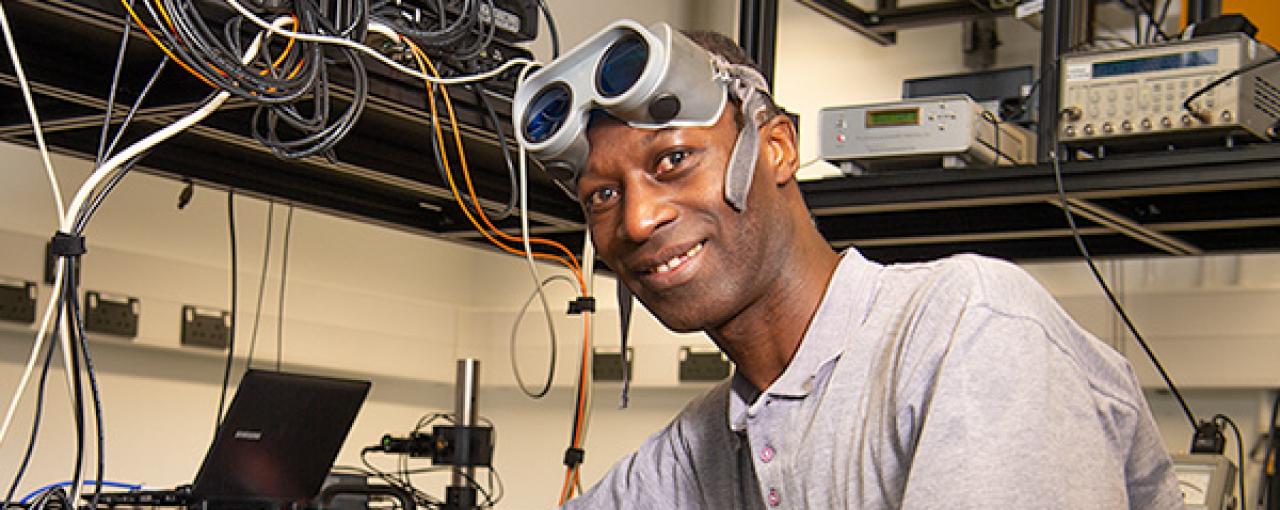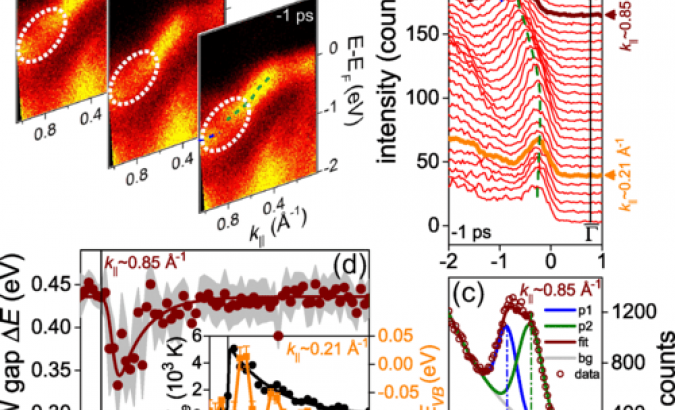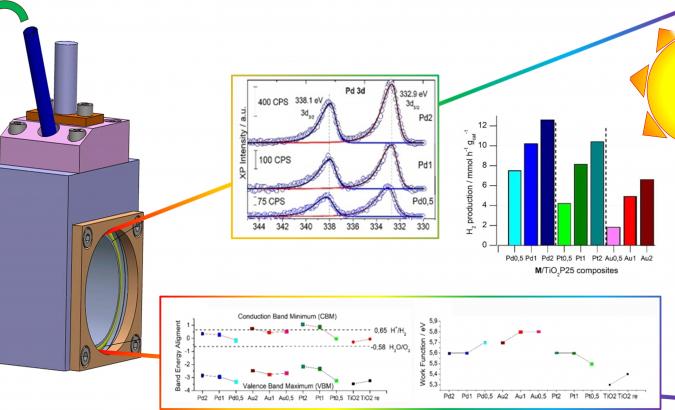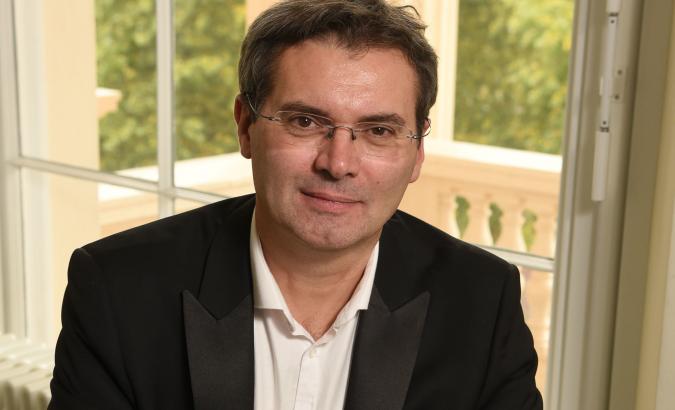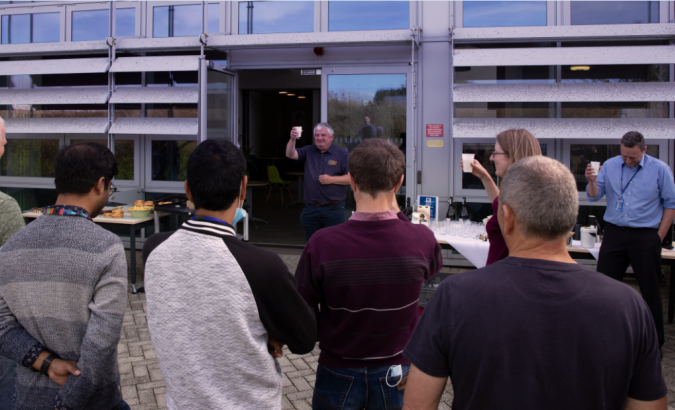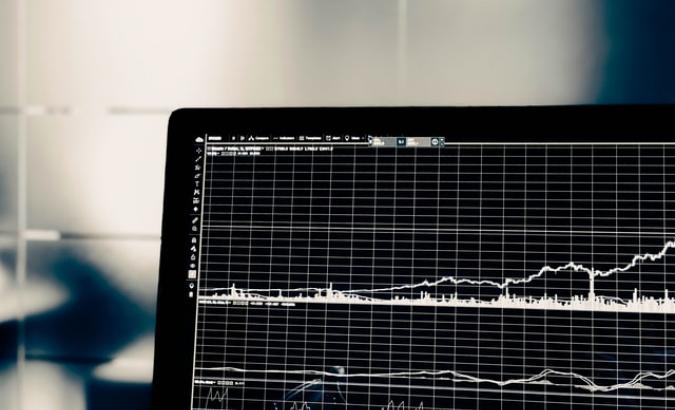Professor Stan Botchway wears two hats at Research Complex – in addition to his safety goggles. He drives his own research projects and he is also Facility Manager for the Octopus endstations – Octopus being the imaging facility in the Central Laser Facility within Research Complex.
‘Just being here means that I interact with other groups who do very different things – such as the Catalysis Hub, for instance’, says Stan. ‘I have a joint PhD student with the Catalysis Hub, who is using imaging to look at catalysis material. This project arose purely by a chance conversation.’ Another of Stan’s main interactions is with Protein Production UK, and the fact that PPUK is in the same building has benefited his research group too.
Stan’s research goes beyond the biomedical and into developing instrumentation. ‘I build advanced microscopes to do specific things, which enables novel ways of imaging – so you can do more with the microscopes we have here than is possible with standard bought microscopes. That’s one of the reasons why users come here, and microscope manufacturers also come to see what I’m doing.
‘Some users come to us because they have a specific science question that cannot be solved using commercial instruments. That’s one of the most important things in a facility. Users can change direction quickly during their scheduled time because they can see what the special instruments enable them to do. And we make sure they have everything they need, in terms of both facilities and expertise in sample preparation and handling, so in one week’s experiment they can a generate huge amount and have enough information for a paper or a grant proposal.’
As Stan puts it: ‘Knowledge is greater than the sum of the parts, and the increasing number (and quality) of papers generated benefits the user and the taxpayer. Also, getting multiple instruments to answer questions very quickly means that there’s little duplication, the instruments are accessed by large number of users or wasted time.


